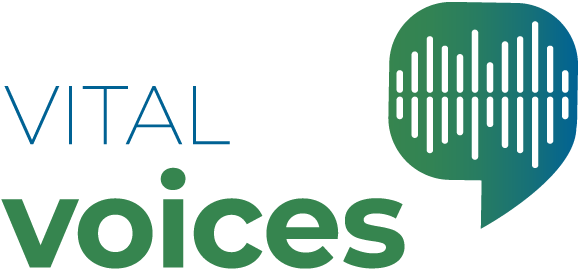Who Did We Interview?
The stories presented on this website are drawn from interviews conducted with 50 people living in Victoria and New South Wales, Australia’s two most populous states, where the majority of Australians affected by hepatitis C live. Detailed information about the people interviewed is presented in the table below.
Elsewhere on the website, basic information about each person interviewed is presented in brackets after their pseudonym. For all participants this information includes their gender, age and treatment experience, for example, “Dave (M, 65, experience with both new [DAA] and old [interferon-based] treatments) says that the new treatment was ‘quite easy’ to incorporate into everyday life.”
More information about each person and a summary of their story can be found under Personal stories.
The website also includes video re-enactments of selected quotes from the interviews with 15 of our participants. The people featured in the re-enactments represent only a selection of the cultural and ethnic diversity of our participants, as we were limited to choosing material from those who consented to their interview extracts appearing in video form on the website.

